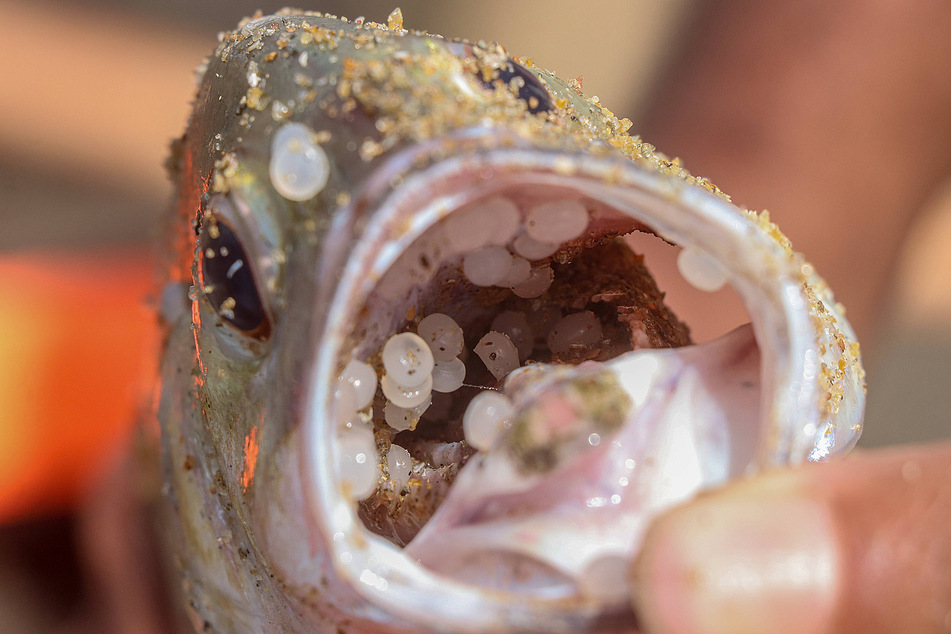Nurdles: The tiny plastic pellets with a huge environmental impact
Washington DC - It's a weird word for some deceptively destructive objects: nurdles. These tiny balls are the building blocks for lots of plastic products – and a huge polluter, the damaging effects of which have been known for nearly three decades now.

According to The Guardian, over 200,000 tons of nurdles end up in the ocean each year, and they already number in the billions.
Even though you might not have heard about them until now, the Environmental Protection Agency released a report detailing how big of a problem nurdles all the way back in 1993.
However, to this day nurdles are still not deemed hazardous, according to the International Maritime Organization’s dangerous goods code, so safe storage and handling isn't strictly regulated when it comes to these polluting nuggets.
It's hard to think of something that fits the definition of hazardous better than nurdles: animals treat them as food, they can float or sink, reaching more sea creatures, and they are like magnets for other polluting chemicals.
The little spheres can end up covered in toxic substances, because not only do nurdles have the right surface for pollutants to bind to, many toxic chemicals are hydrophobic, meaning they repel water, making them even more likely to attach to nurdles. Add to that bacteria from runoff and sewage, and you've got yourself the dirtiest cocktail imaginable.
Nurdles are also very durable, and can circulate in ocean currents for decades, if a hungry ocean dweller hasn't snacked on them by then.
Plastic is generally terrible for the environment, and nurdles are an extreme offender, gunking up fish, birds, and other creatures in and near oceans – that's as hazardous as it gets.
Cover photo: IMAGO / Pacific Press Agency
